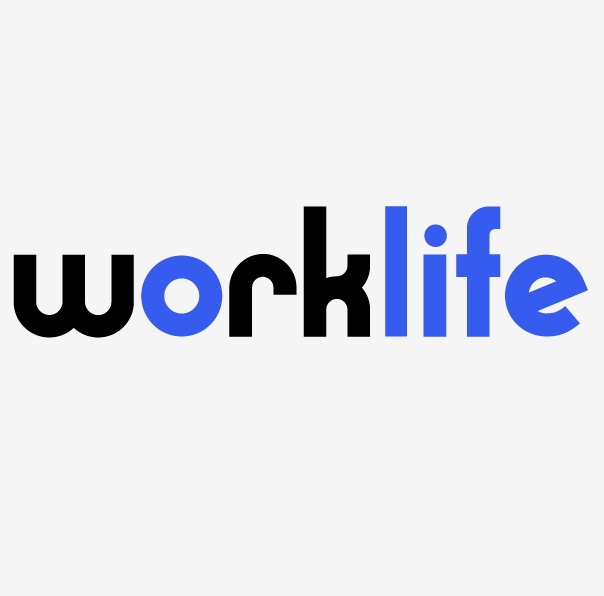At least 28 states and dozens of cities and counties have ordered nonessential businesses to close or curtail operations to fight the spread of the coronavirus, and the number is growing almost daily. Some rules are universal: Hospitals, gas stations, pharmacies, sanitation services and grocery stores are essential everywhere, while dine-in restaurants, theaters and bowling alleys are not.
But there are differences among the orders (liquor stores are closed in some states and open in others) and plenty of gray areas that call for careful introspection and decision-making by businesses. Should they find a way to stay open to pay workers and maintain customers, or close for a less tangible public good—helping to prevent the spread of COVID-19?
“Those are extremely difficult decisions to make and not the sort of thing most HR professionals were having to deal with five months ago,” said Jackie Ford, a partner at Vorys, a labor and employment law firm in Houston, which issued its own citywide shelter-in-place rules on March 24. “It’s a whole new skill set.”
First, Stay Informed
It’s important to stay on top of the rapidly changing news. “The best bet is to look at your state’s website and the guidance they provide,” said Eric Raphan, a partner at the NY office of Sheppard Mullin. “And be vigilant. Check in on those websites, if not daily, then every other day.”
Several attorneys who are monitoring the essential work orders urged businesses without legal counsel to rely only on original sources of information, such as government websites, since news stories and social media posts may omit important details of orders or get things wrong.
For example, some initial reports of closure orders in New Jersey said all nonessential businesses needed to close, as they had in New York. In fact, the order applied only to nonessential retail. “That confused an awful lot of people,” said Mark Kluger, founding partner at the New Jersey-based employment law firm of Kluger Healey. “We’ve been spending a good deal of time with clients on these questions.”
One reliable source of information on state and local orders is the National Association of County Officials (NACO), which maintains several easy-to-use maps that link to original restriction orders. As of March 26, six states had business closure orders and 22 had broader shelter-in-place orders, which include business closures, according to the website.
Teryn Zmuda, deputy chief innovation officer at NACO, noted the great variation among policies. Some are very detailed while others simply link to federal guidelines. Some have an age component, requiring older residents and workers to stay home. Some explicitly list permitted activities. Enforcement and penalties vary, as do end-dates, although all orders reserve the option to extend or re-evaluate, Zmuda said.
Use Company Values to Guide Decisions
Ford, the Houston attorney, said the orders generally affect businesses in one of three ways. “One: My business is listed as nonessential, like a movie theatre. Two: My business is clearly essential, like a pharmacy. Those are easy decisions. But what if I fall in the middle? What if, because of extremely broad wording, my business could make an argument to stay open? How do I decide? That decision-making is being made very much at the individual business level. The clients that I’ve spoken to are weighing this balance between the public good of keeping the economy running and the public good of flattening the curve [of the pandemic].”
Ford’s advice: Gather up any materials on company values and priorities and use them as a starting point. “You have to have some structure like that, some architecture to base your decision-making on, so it’s not just individual HR people relying on their individual values.”
Kluger said many employers he’s talked with are looking for a way to stay open while keeping employees healthy. “The goal of business is to try to have some income so they can pay employees and keep their customers,” he said. But interpreting the definition of essential businesses very broadly can bring its own kind of backlash, especially for a business that relies on community goodwill. Witness the rush to condemn Michaels craft stores and Guitar Center for staying open where they can.
Do Essential Employees Have to Work?
While they are encouraged to stay open, essential businesses must do everything possible to keep employees safe. Being essential “does not mean business as usual,” said Rebecca Davies, a shareholder based in Detroit office of employment law firm Butzel Long.
That means allowing employees to work from home when possible and being creative in situations where that isn’t possible. For example, Davies said, “Essential manufacturers are looking at their production processes and asking, ‘Can we do this reasonably safely?’ They’re staggering hours or going from one shift to two shifts to increase social distancing. Some are running skeleton shifts.”
Such employers are trying to accommodate worried workers, she said, but they’re also concerned about excessive paid time off. What if too many people stay home? How can the business continue to operate?
[SHRM members-only sample memo: COVID-10 Memo to Employees: Essential Business Operations]
Employees at essential businesses who are in a protected category, such as being over 60 or having pre-existing conditions, can stay home without fear of being fired, even if their employer is considered essential, Kluger said. Other employees “are in the grayest area we have right now,” he said. “They don’t have a medical excuse so they’re simply not showing up for work. At this point, that’s somebody who is abandoning his job and can be fired. The real question mark is whether those people are going to be eligible for unemployment benefits.”
At least one such case is already in the legal system now: A concession manager working at the Detroit Zoo refused to open his stands on March 14, following restrictive orders issued by the state of Michigan. He was fired. He filed his wrongful termination lawsuit a week later in U.S. District Court, in the Eastern District of Michigan. (Brandon Romines v The SSA Group, LLC)
Still Many Unanswered Questions
Several weeks after the concept of essential businesses first gained wide circulation, sources of reliable information are growing. States and localities are fine-tuning their orders based on feedback from the public, working out unanticipated problems. (For example, law firms in New York can now send someone to the office to check for mail.)
“Things are clearer now than they were a few days ago,” said Raphan, the Sheppard Mullin attorney. “But still, there’s a lot of nuance in a lot of these laws. If you’re an HR person and you’re getting a question you don’t know the answer to, there’s nothing wrong with saying, ‘I’m not sure, I’ll have to look into that and get back to you.’ It’s OK to take a breath and say you’ll get back to them later today.”








